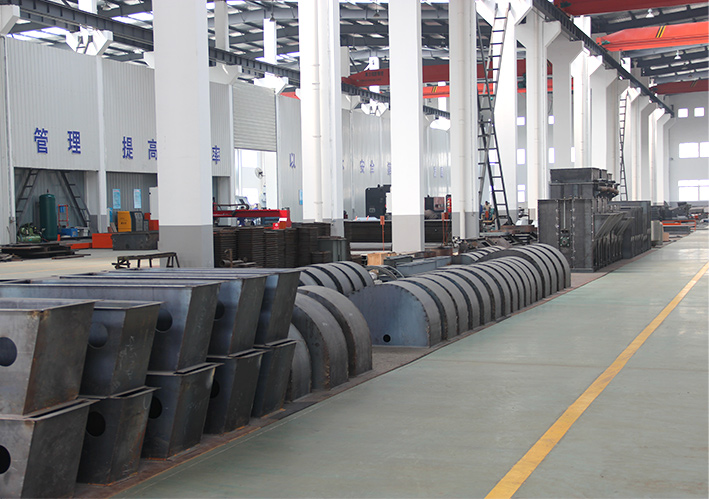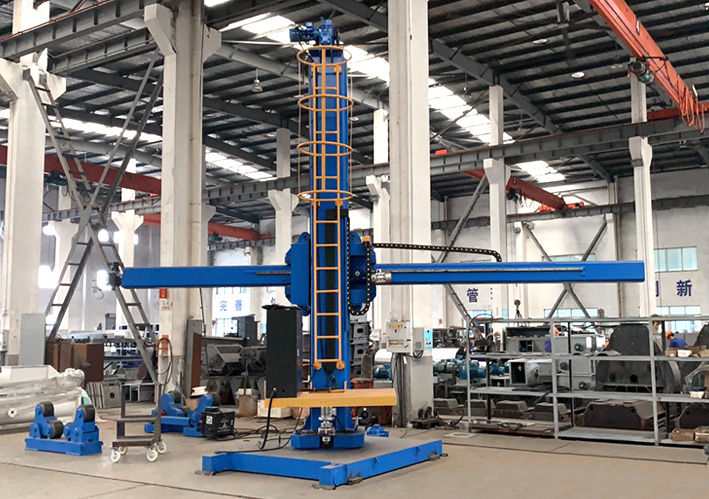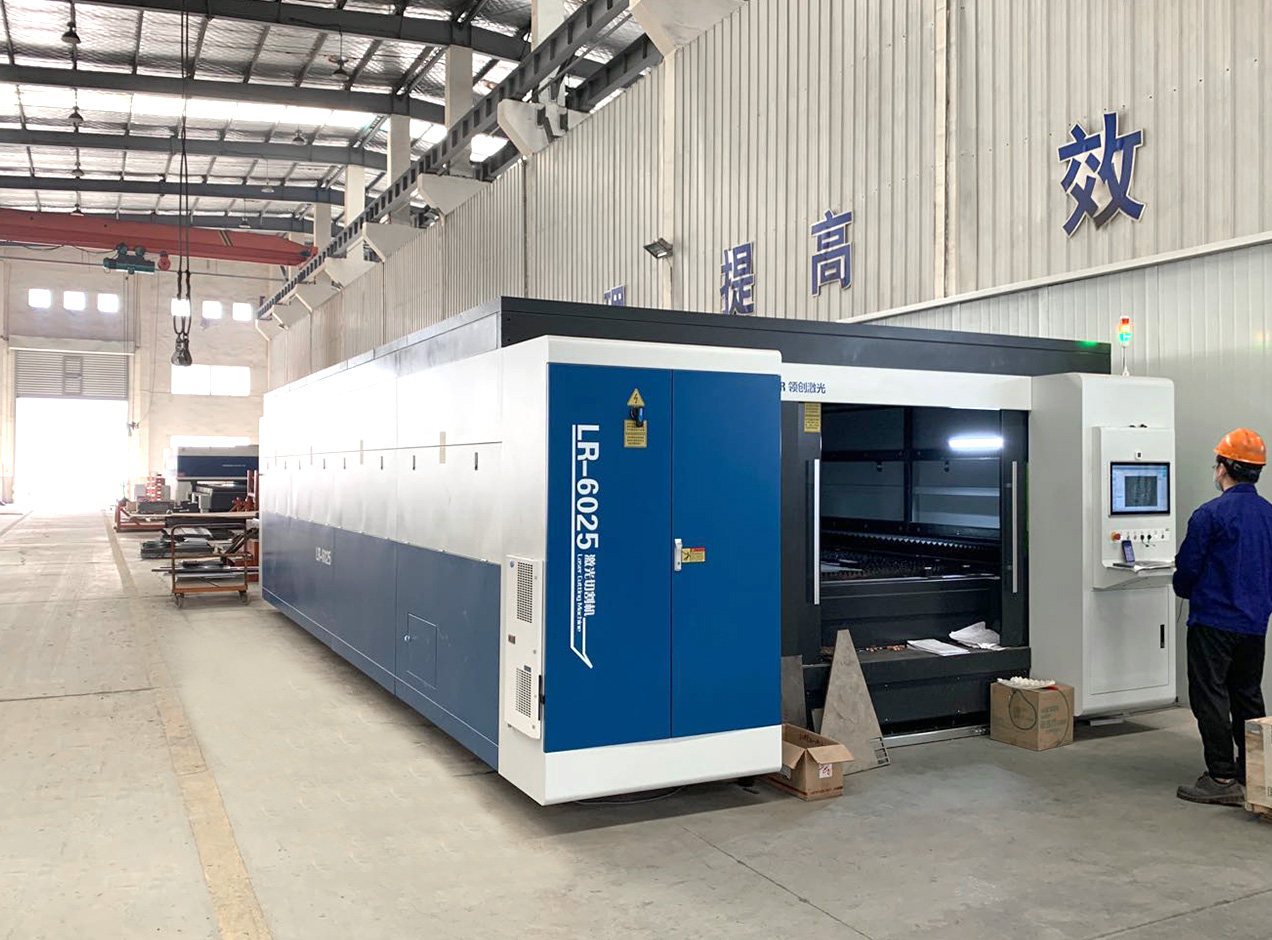What is the capacity of feed dryer equipment, and how does it affect the drying process?
The capacity of a
feed dryer equipment refers to the maximum amount of feed or material that the dryer can process within a given time frame. It is typically measured in terms of weight, such as tons per hour (t/h) or pounds per hour (lb/h). The capacity of feed dryer equipment can vary widely depending on the specific design, size, and efficiency of the dryer.
The capacity of the dryer has a significant impact on the drying process in several ways:
Throughput: The capacity determines the amount of material that can be processed in a given time. Higher capacity equipment can handle larger quantities of feed, resulting in increased production rates. This is particularly important in industrial or commercial settings where large-scale drying is required.
Drying Time: The capacity of the dryer affects the drying time required to remove moisture from the feed. A higher capacity dryer can process larger volumes of material simultaneously, reducing the overall drying time. This can be crucial for maintaining production efficiency and meeting time-sensitive deadlines.
Energy Consumption: The capacity of the dryer can influence the energy consumption. In general, larger capacity dryers tend to consume more energy due to the increased volume of material being processed. However, it's important to note that energy efficiency can vary among different dryer models, so it's not solely determined by capacity.
Drying Uniformity: The capacity of the dryer can impact the uniformity of drying across the feed or material. If the dryer is overloaded or the feed is not evenly distributed, it can lead to uneven drying and moisture variations. Therefore, it's important to operate the dryer within its recommended capacity to ensure consistent drying results.
Equipment Size and Cost: The capacity of the dryer often correlates with its physical size and cost. Larger capacity dryers generally require more space and may be more expensive to purchase and operate compared to smaller capacity options. It's essential to consider the available space, budget, and production requirements when selecting a dryer with an appropriate capacity.
What are the energy requirements and efficiency of feed dryer equipment?
Energy Requirements:
Feed dryer equipment typically utilizes heat energy to remove moisture from the feed. The energy requirements are primarily influenced by the following factors:
Moisture content of the feed: The higher the initial moisture content of the feed, the more energy is required to evaporate the water. Therefore, feed with higher moisture content will require more energy.
Desired moisture content: The lower the final moisture content desired in the feed, the more energy is required to achieve that level of drying.
Scale of operation: Larger-scale dryers often require more energy due to increased processing capacity and larger volumes of feed to be dried.
Efficiency:
The efficiency of feed dryer equipment is typically measured by its ability to convert the input energy into useful heat for drying purposes. Several factors can affect the efficiency:
Heat source: The type of heat source used can impact the efficiency. Common heat sources include natural gas, electricity, biomass, or waste heat from other processes. The efficiency of the heat source itself will influence the overall efficiency of the dryer.
Dryer design: The design of the dryer can play a significant role in its efficiency. Features such as insulation, air circulation systems, heat recovery mechanisms, and control systems can enhance the efficiency by reducing energy losses and optimizing the drying process.
Maintenance and operation: Proper maintenance and operation practices, such as regular cleaning, inspection, and adjustment of the equipment, can help maintain the dryer's efficiency over time.

 English
English Español
Español عربى
عربى Français
Français



















 Tel: 0086-519-87905108
Tel: 0086-519-87905108  Email:
Email: 